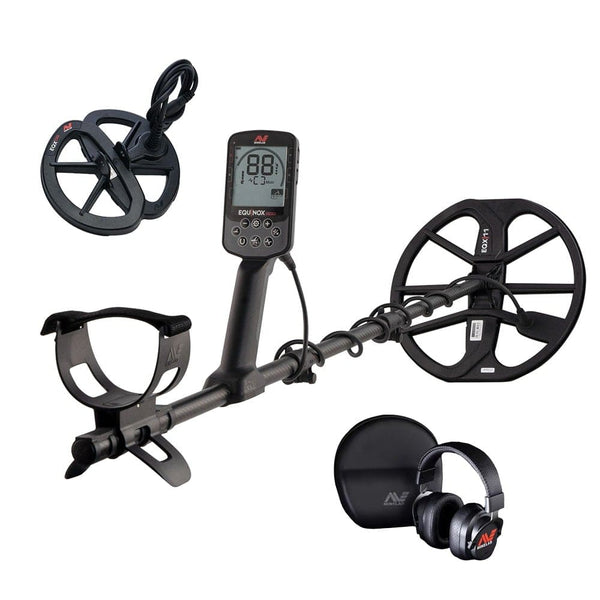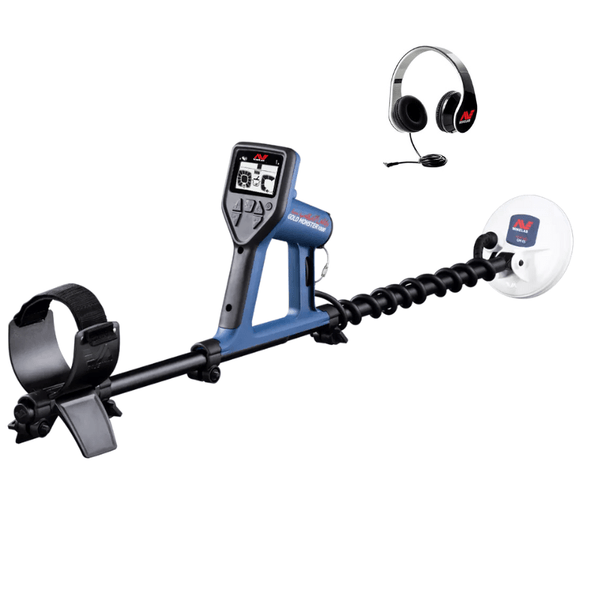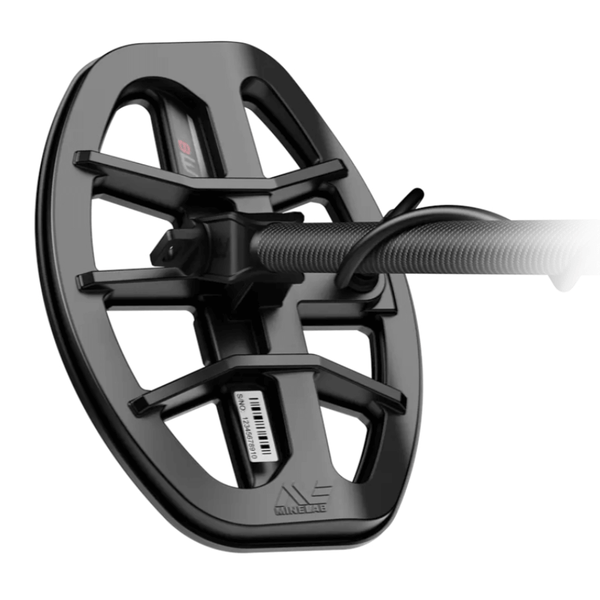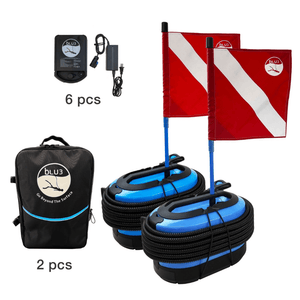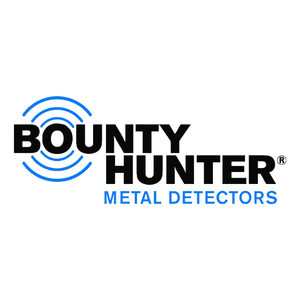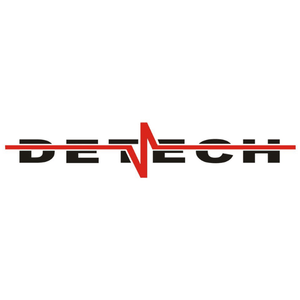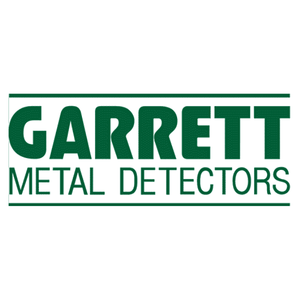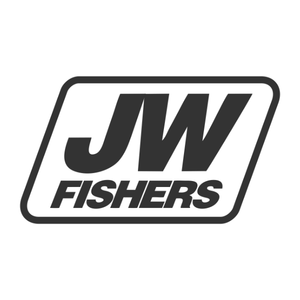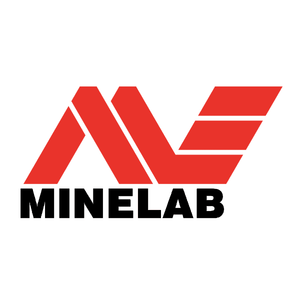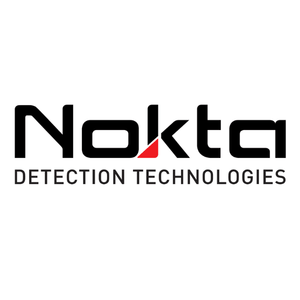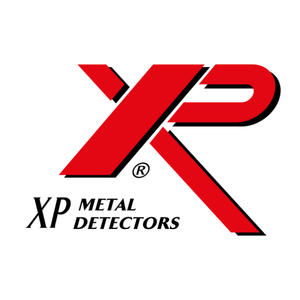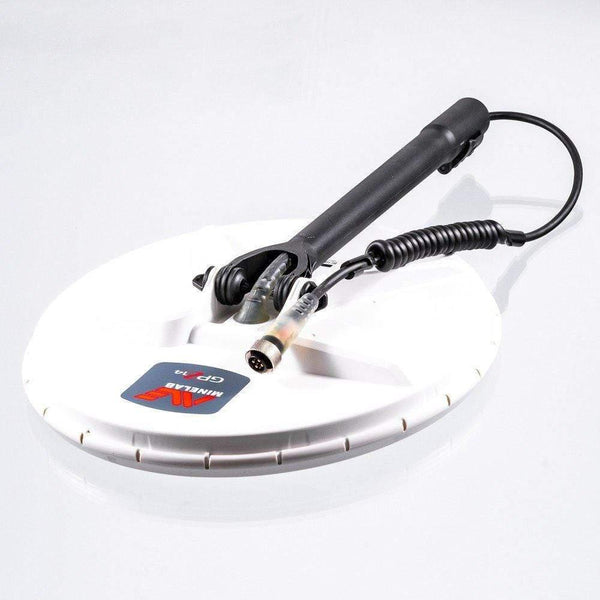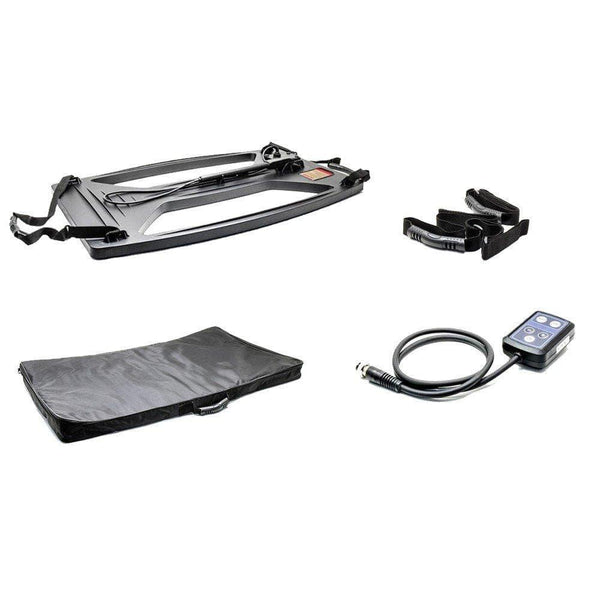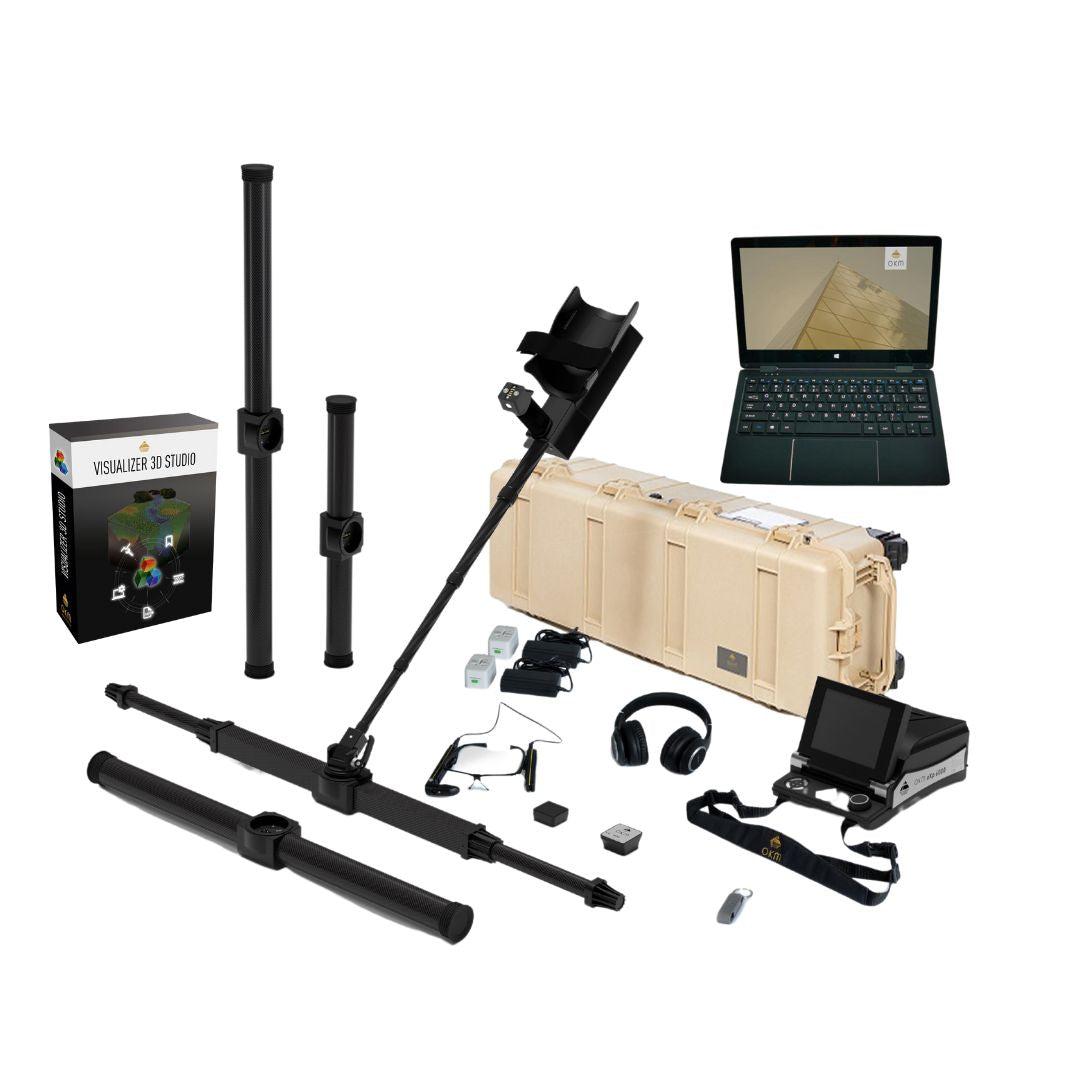How Deep Can Metal Detectors Really Go?
Introduction
It's not just luck that can help you find secret treasures; your metal detector also plays a big role. Many people wonder how close the stated depth of 100 feet is to the truth. Let's look at GPR, VLF, and multi-sensor devices to see what is possible now. We'll talk about the OKM eXp series (including the new eXp 5500), the OKM Rover C4, and your famous Vertex Quantum, and compare how well they measure depth in real life.
What Limits Depth?
Before we look at top machines, it's key to understand what impacts detection depth:
-
Technology platform:
-
VLF (Very Low Frequency): Excellent for shallow, small targets.
-
GPR (Ground Penetrating Radar): Emits pulses to create 3D subsurface maps—ideal for large, deep anomalies.
-
Multi-sensor systems: Combine VLF, magnetometers, and GPR for layered detection.
-
-
Coil/head size: Larger coils extend reach but reduce pinpoint accuracy.
-
Target size/composition: Bigger or highly conductive objects (like gold veins or voids) are detectable at greater depths.
-
Ground conditions: Mineralization, wetness, and clutter affect performance. GPR handles challenging soils better.
-
Operator skill: Technique, calibration, and grid-scanning all play critical roles.
Featured Detectors
A. OKM eXp Series – The Deepest GPR Systems
Modern Metal Detectors lists their OKM collection as top-tier deep-seekers, driven by GPR and 3D ground scanning
OKM eXp 6000 Professional Plus
-
Max Depth: Up to 25 m (82 ft) in optimal soil
-
Features: PentaSense multi-sensor array, support for multiple coil types, real-time 3D imaging.
-
Use Cases: Ideal for deep treasure recovery, archaeology, cavity/tunnel finding.
OKM eXp 6000 Professional & eXp 5500
-
New eXp 5500 expected to match Professional Plus's depth and features—great for next feature highlight, per your request.
-
Professional unit delivers similar imaging depth with optional coil setups.
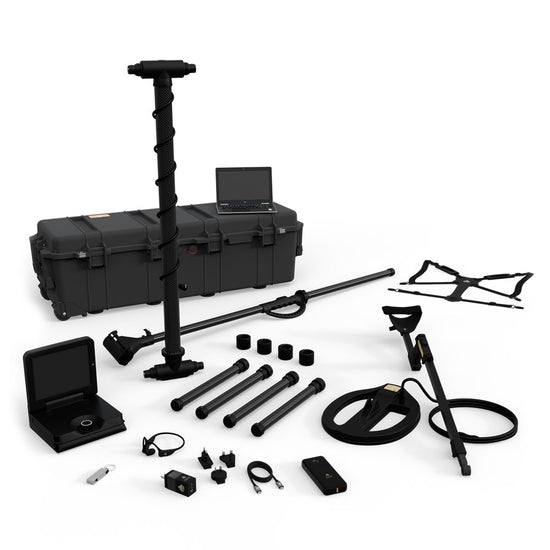
B. OKM Rover C4
The Rover C4 is your standout gold-hunting GPR device
-
Designed for deep gold, voids, and underground cavities.
-
Provides 3D imaging, gold coil support, and LED feedback.
-
While not listing depth, performance rivals other GPR units in real-world detecting conditions.
C. Vertex Quantum VX900
Highlighted as a "notable mention," the Quantum VX900 offers advanced handheld 2D/3D imaging via its ASU V35 unit
Depth: Penetrates up to 12 m (39 ft), depending on target size and soil conditions.
-
Equipped with V25 (13″) and V10 (12×8″) coils for a balance between detection depth and precision targeting.
-
Scan modes include deep, graph, and target ID.
D. Additional OKM Models (Fusion & GeoSeeker Series)
Other GPR means include:
- OKM Fusion Professional Plus – reaches ~21 m (69 ft), scans via horizontal or vertical orientation
- Fusion Light – entry-level, depth up to ~8 m (26 ft)
- Evolution NTX – mid-range at ~8–10 m (26–33 ft)
- GeoSeeker Geo-Electrical Detector – reaches tremendous depths (250 m/820 ft) for water/cavity detection but not metal-specific
Here’s the depth comparison table from the blog post formatted separately for easy copy-pasting:
Metal Detector Depth Comparison Table
| Detector | Technology | Approx. Max Depth | Best For |
|---|---|---|---|
| OKM eXp 6000 Professional Plus | GPR + Multi-Sensor | 25 m / 82 ft | Deep treasure & cavity detection |
| OKM eXp 5500 (new model) | GPR + VLF | ~25 m / 82 ft | Advanced digging missions |
| OKM Rover C4 | GPR + Gold Coils | ~20–25 m (estimated) | Focused deep gold hunting |
| Vertex Quantum VX900 + ASU V35 | 2D/3D Imaging Unit | ~12 m / 39 ft | Gold/metal scanning in field |
| OKM Fusion Professional Plus | GPR + 3D Scanning | 21 m / 69 ft | Archaeology & treasure detection |
| OKM Fusion Light / Evolution NTX | Entry-Level GPR | 8–10 m / 26–33 ft | Budget-friendly deep metal detection |
| OKM GeoSeeker | Geo-Electrical Tech | 5–250 m / 16–820 ft | Water, caves & underground voids |
Choosing the Right Detector for You
-
Max Depth & Full GPR Visuals → go with OKM eXp 6000 Pro Plus or eXp 5500 for deepest reach and imaging.
-
Focused Gold Recovery → choose Rover C4 (dedicated gold coils) or Vertex VX900 (portable, deep capacity).
-
Balanced Archeology & Portability → Fusion Pro Plus hits ~21 m with user-friendly design.
-
Entry-Level Deep Hunting → Fusion Light or Evolution NTX deliver solid performance under $10K.
Real-World Performance: Soil & Technique
Keep in mind:
-
Soil matter: Dry, low-mineral soils let detectors hit max depths. Mineralized soils reduce reach.
-
Targets size: Voids, cavities, and large gold deposits are easier to detect at deep levels.
-
System calibration: GPR units require correct setup and grid methodology for accuracy.
-
Experience counts: Knowing how to interpret 3D visuals separates amateurs from pros.
Conclusion & Tips
Today’s top GPR-equipped detectors truly push the limits—25 m (82 ft) is achievable with OKM’s eXp and Vertex’s VX900 in ideal environments. Practical depths in real use often range 10–20 m, depending on object size and soil. For deep pros, eXp 5500 is a star in the making. For gold hunters, Rover C4 and Quantum VX900 are excellent options.
Want to go deeper? Visit ModernMetalDetectors.com to view the full Deep-Seeking Collection and compare detectors by use case, coil size, and imaging features.




